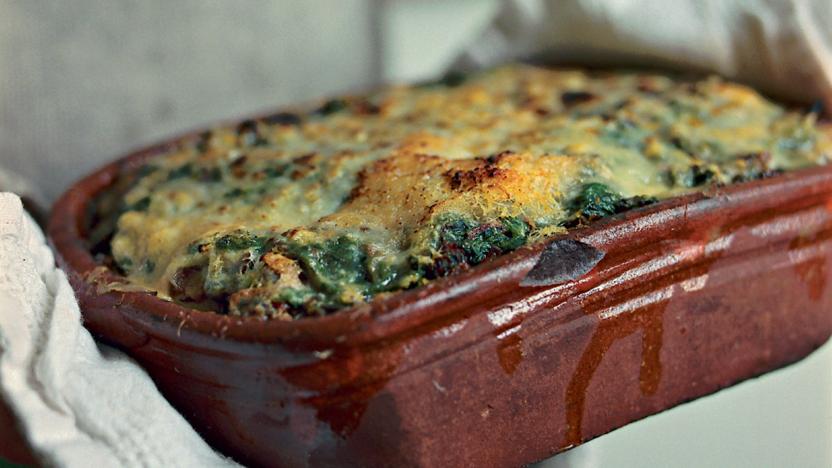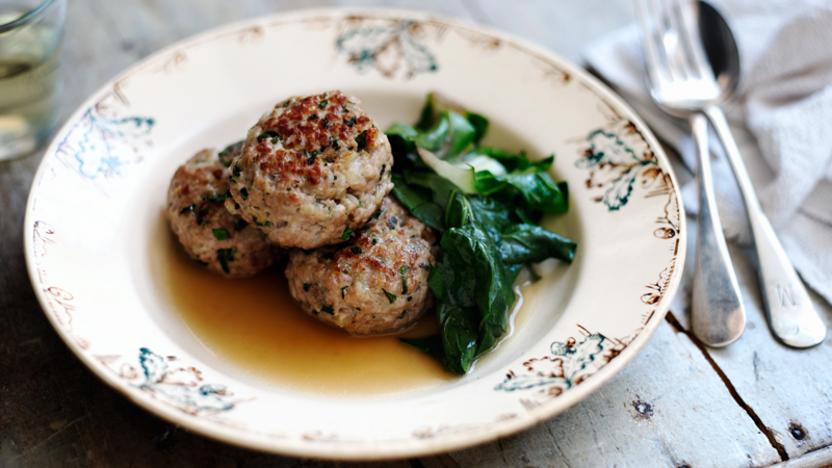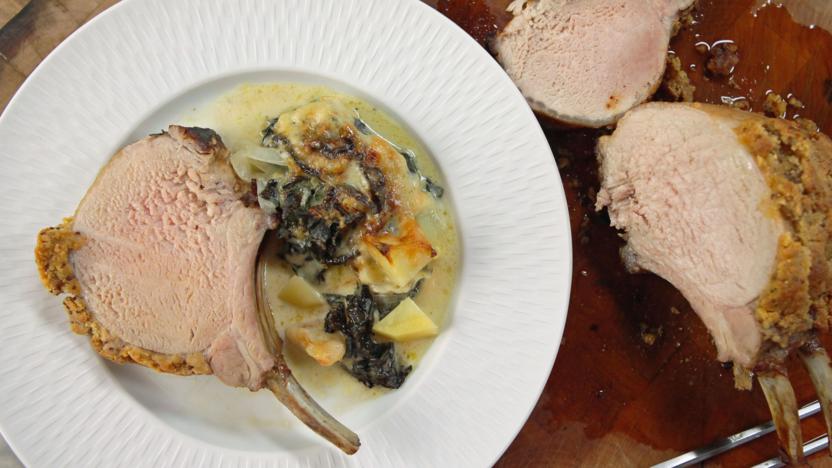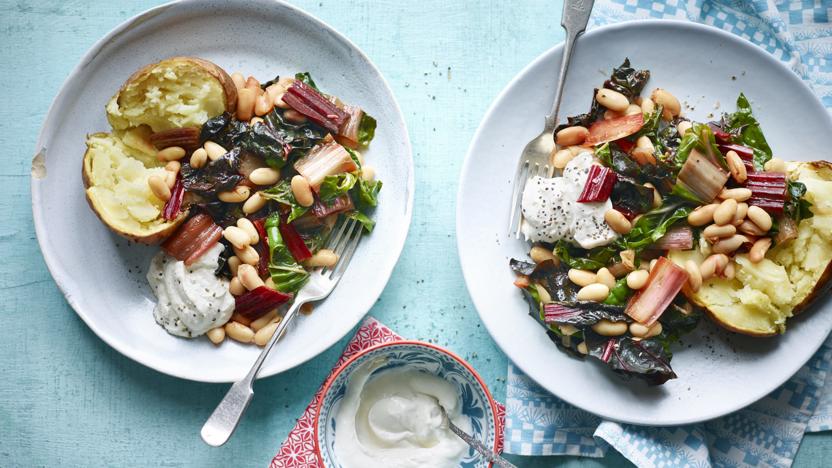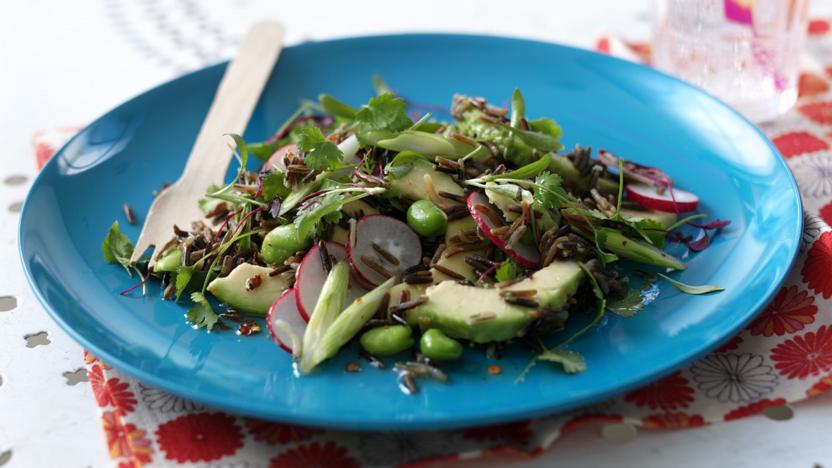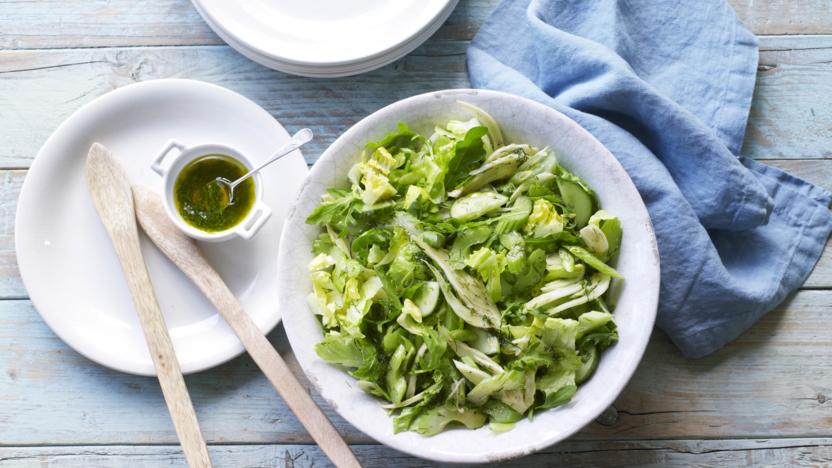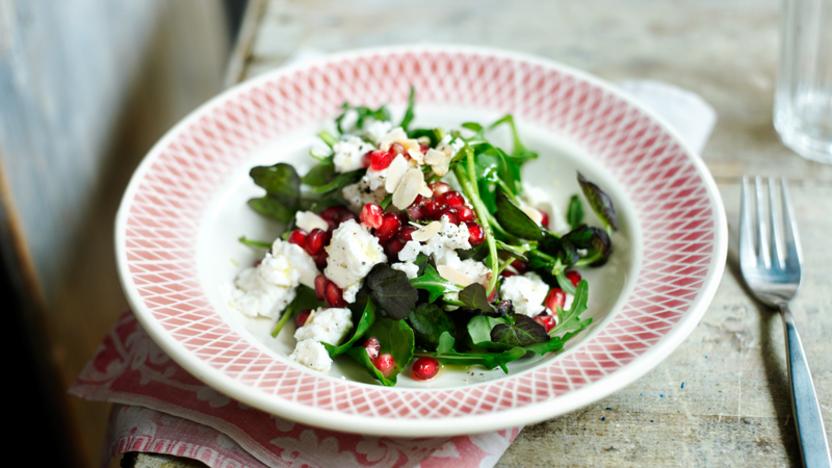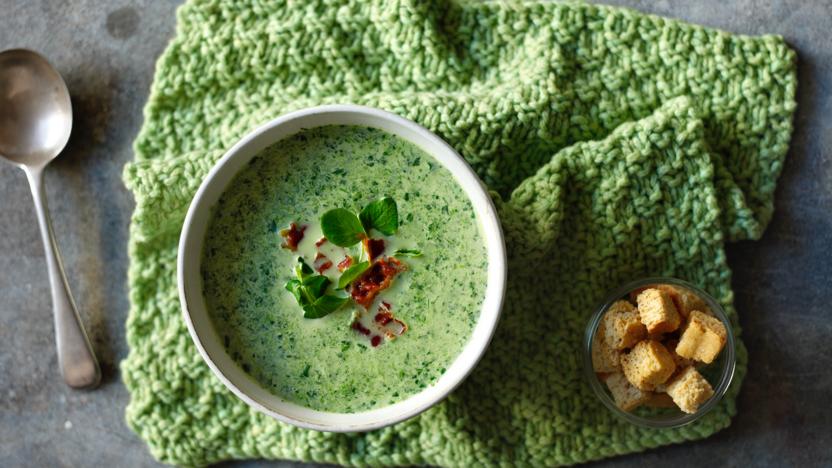Swiss chard recipes
This member of the beet family has large, flat, crinkled green leaves with thick, fleshy stalks and ribs. The taste is rich, complex and robust. Think of chard almost as two vegetables in one as both the leaves and stems can be used. Swiss chard is popular in Italian and French cooking.
Swiss chard is also called chard, leaf beet, seakale beet, white beet and spinach beet. Different varieties may have red, pink, white or yellow stalks, rub chard has red ribs, for example.
I first ate this at a lovely restaurant in Fowey in Cornwall, and knew that, once home, I had to make it myself. And I pretty much haven’t stopped since.
More Swiss chard recipes
Buyer's guide
Swiss chard is in season from June to August, and from October to April.
Look for rainbow varieties of chard at farmers’ markets or farm shops. Choose fresh-looking bunches with bright, glossy leaves and firm, unblemished stalks. Reject any that are starting to yellow.
Storage
Chard needs to be stored in a moist, cool atmosphere. Store it unwashed: wrapped in damp kitchen paper and place in a plastic bag in the salad drawer of the fridge. Use within a few days. Chard leaves freeze well, but the stems become soggy. Wash the leaves well, blanch, drain, then plunge into iced water. Drain again and pack into freezer bags, then label and seal. Cook from frozen.
Preparation
The stem is often steamed and served separately. The leaves cook more quickly than the stem and can be added to soups, flans, tarts and omelettes. They are also sometimes used as a substitute for spinach. Both stem and leaves can be sautéed with cream, butter and cheese. Wash well, before use, to remove any grit, and trim only when ready to cook.



